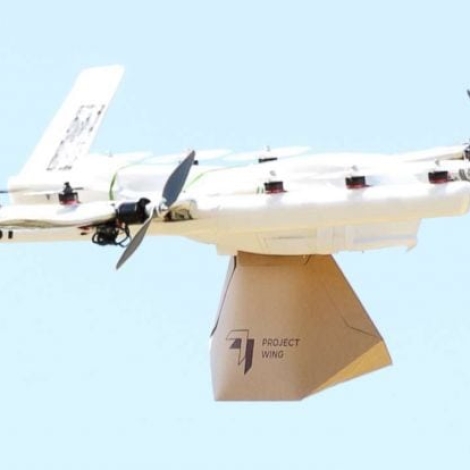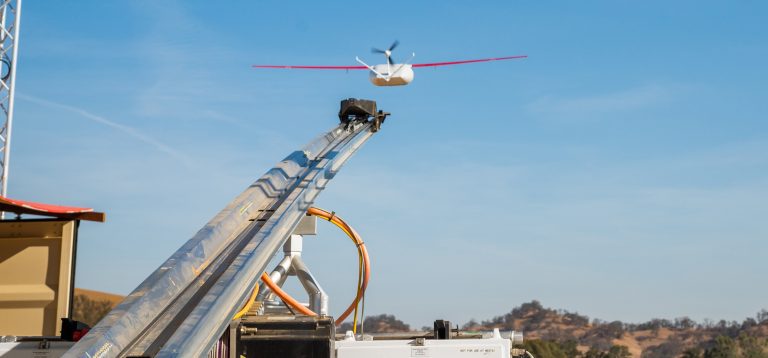As intriguing as the Amazon drone, the Prime Air, was in its reveal (let’s call it what it is: a publicity stunt) on 60 Minutes, count me among the skeptical. I love the merger of business and technology to create a meaningful improvement in people’s lives. But as Nish Acharya explains in Forbes, Amazon proposes to fly its delivery drones into airspace controlled by US federal, state and local agencies. I’m thinking there will prove to be too many regulations for drones to take off, at least in the short term.
But while these unmanned aerial vehicles are still a dubious prospect for commerce in the United States, they could serve communities in developing countries, the people at what is often referred to as the “base of the pyramid.” I’ll bet a UAV will deliver emergency medicine, vital equipment, or agricultural necessities like seeds or other supplies in a rural village before it drops off a five-pound package to an Amazon Prime customer’s doorstep.
In fact, at the same time Amazon announced its plans we saw the first launch of another drone, this one by the United Nations. The unarmed UAV is monitoring the situation in the Democratic Republic of Congo, tracking the movements of armed rebel groups and the broader populace. Peter Singer, director of the Center for 21st Century Security and Intelligence at the Brookings Institution, told Wired that drones are here to stay, and that it’s not at all surprising that an organization charged with peacekeeping would deploy them.
“There are so many ‘debates’ now where the people call themselves ‘pro’ or ‘anti’ drone, which is like being pro or anti computers, quaint but irrelevant,” Singer said. “It’s all about how you use the technology, not the widget itself.”
Many nations have excellent telecommunications today without ever having to put copper lines in the ground. Could we do the same for transportation?
So how could we use drones for poverty alleviation, and could they represent a new network for commerce in infrastructure-depleted regions? The often-cited “last mile,” in development terms, is more than just a mile, and crossing it involves more than just traversing the closest hill. While poor or non-existent roads are the weak links in supply chains for medications and other temperature-sensitive goods, for UAVs, these issues are easily surmountable.
“If it can be sent in 30 minutes or less, pharmaceutical companies may not have to deal with refrigeration. It could also remove some of the challenges in having to store medication,” Melissa Ip at Social Enterprise Buzz noted. “Even without addresses, delivery could be made possible by GPS. Mobile penetration rates are high and increasing in rural areas across the developing world.”
That’s the value proposition offered by Matternet, a California-based start-up that proposes to serve the developing world with delivery drones. In a recent TED Talk, CEO Andreas Raptopoulos said that he believes Sub-Saharan Africa and other isolated corners of the world could sidestep the billions of dollars in investment and upkeep required to create a road infrastructure – and he compared this potential to what’s happened with mobile technologies.
Raptopoulos’ solution is an electrically charged UAV that can carry a two kilogram payload over a 10-kilometer range in roughly 15 minutes. By his math, the cost of transporting a two kilogram item about 10km would be 24 cents, including two cents for the energy required. Raptopoulos envisions a network of ground stations where said vehicles would charge up and pick up loads, and a routing software system that would largely automate it.
Early demonstrations appear promising. In 2011, Matternet conducted field tests in the Dominican Republic and Haiti, where a drone delivered medication to the Port-Au-Prince Petionville camp established after the 2010 earthquake.
“Imagine one billion people being connected to physical goods in the same way that mobile telecommunications connected them to information,” Raptopoulos says.
That buzzing tells me we won’t be imagining for very long.
Scott Anderson is the managing editor at Next Billion, a website and blog that explores the connection between economic development and enterprise.
This article was first published at Next Billion and is reprinted with permission.

